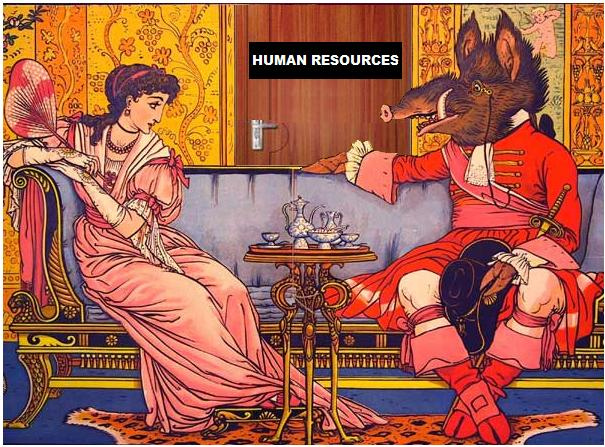Louise Turley gave a great lecture on “The Art of the Interview: The 5 W’s” so I decided to use it as a template to guide me before, through and after my interview:
WHO?
1. Do they have something to say?
Yes, they have a lot to say, often too much. So i’ve ended up editing a lot of it out in order to stick to the criteria. I have found though, that I can help direct them in the right direction and keep their answers brief if I guide them on what is most relevant.
2. Are they credible?
Yes, they have years of experience as a musician, a teacher and a lecturer and they’ve also completed an undergraduate and are currently completing their honours on the same topic.
3. Can they deliver on camera?
If i’m supportive, provide the right energy and can prompt them in the right direction, then yes.
4. Are they good ‘talent’?
Yes. Sometimes too good. They play multiple different interests, so there’s almost too much good material.
5. Who is my audience?
My class members and anyone with a general interest in music or short expository films.
WHAT?
1. What are you going to ask them?
- When did you start playing music?
- Where did your parents meet?
- What instrument did your dad play?
- What instruments do you play?
- What do you love about these instruments?
- What do you love about playing music?
- What do you love about music in general?
- What are your favourite types of music?
- What types of music do you play?
- How did you get into Jazz?
- How did you get into Ethiopian Jazz?
- Why are you controlling your honours thesis on ethnomusicology?
- How was your recent tour of Africa?
- What was the best part about playing with Ethio-Jazz legend Mulatu Astatke?
2. Research – reading, speaking, observing:
I’ve known this person for a long time, so I know a lot about their musical history, experience and interests.
3. Write questions: simple, as short as possible, open ending, check wording (bias).
Check. As seen above.
4. Practise
Check. I wrote out a list of potential questions prior, informed my interview subject of them, then conducted a rough interview. After the first interview I conducted a second interview, that was informed by the positive and negative parts of the first interview. This gave the video short an overall clarity and level of professionalism it may of not otherwise had.
WHERE?
1. Location – home? work? other? why? permissions?
At-home recording studio, M.E.S.S Studio, The Horn Ethiopian Cafe & various street locations.
2. Things to think about: light (is there enough), sound (background noise, interruptions), background (what does it say, will it change, artworks).
All four locations have interesting light, the first two are well suited to sound recording, with the latter having a decent amount of background noise, the background in all four locations are dynamic and engaging.
WHEN?
When you are interviewing your subject remember:
1. Brief the subject: clothing, questions & answers, repeat your question in their answer.
Non-disruptive t-shirt, and comfortable everyday clothing, that represents the interviewee. Subject briefed on questions and was great at repeating the question in the answer.
2. Maintain eye contact
Check.
3. Listen (use nods and facial expressions not ‘uh-huh’s and mmm’)
Check. I followed this advice explicitly during recording and I’m glad I did because I heard a lot of other people spent a long time editing out mhmm’s and yeah’s.
4. Be flexible/adaptable
Check.
5. Be respectful and show empathy
Check.
6. Stay focused
Check.
7. Be quiet. It’s not about you!
Check. Can hear my breathing in some takes. Creepy. Right? Haha. I didn’t end up using these takes of course..
WHY?
1. Why did I interview this person?
Because they are interesting and obscure.
2. Why was the interview good/not good?
Good: I learnt new things and explored someones passion/obsession which was fun.
Bad: Learnt how long it takes to put together even a short piece of video.
3. Why did I ask this question instead of that one?
Generally speaking, because it was more specific and would more likely explore what I wanted covered.
4. Why did they respond in that way?
Generall speaking, because that is there general understanding and experience.
5. What did I learn from this interview?
- How to be a better interviewer.
- How to pick out the good from the bad.
- How to encourage an interviewee to give better, more fleshed out responses.
- How to construct a narrative from random pieces of footage.
- How precious light is.
Catch you later, Louise Alice Wilson




Recent Comments